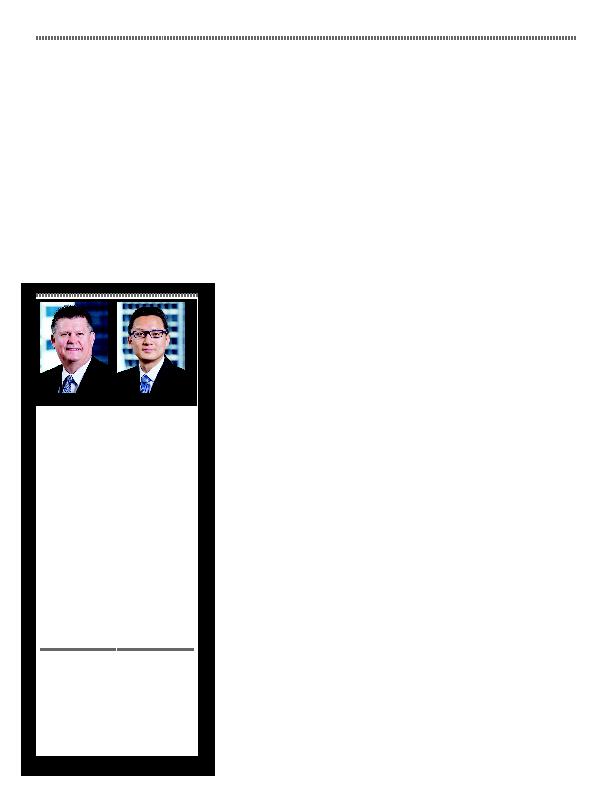
Foreign Investment into Australia
changed and evolved significantly over
the past few decades, from the traditional
trade nations of the United Kingdom,
United States and Europe to a stronger
focus on Asia. This article examines
partnership agreements with Australia's
leading trade partners.
China is now Australia's largest
trading partner, accounting for nearly
a quarter (23.9 percent) of Australian
bilateral trade in terms of goods and
services, valued at A$160 billion. This is
followed by Japan in second place with
(10.8 percent or A$72 billion), and then
the United States with (8.7 percent or
A$58 billion). Securing fourth place is
Korea with (5.2 percent or A$35 billion).
Together with the recently concluded
Trans-Pacific Partnership Agreement,
Asia related trade deals account for over
62 percent of Australia's export market.
celebrated the 10th anniversary of the
Australia-US Free Trade Agreement
(AUSFTA), which came into effect on
January 1, 2005.
Two-thirds of all agricultural tariffs
(including lamb, sheep meat and
horticultural products) were initially
eliminated, with a further 9 percent of
tariffs cut to zero in 2008. More than 97
percent of non-agricultural tariff lines are
now duty free and all agricultural tariffs
are expected to be removed by 2022.
The AUSFTA has enhanced the
attractiveness of Australia to U.S.
investors while, at the same time, has
made the United States the most popular
destination for outbound investment from
Australia.
In terms of tariff reduction, there has
been a consistent increase in the volume
of exports from Australia entering the
U.S., tariff-free, from 46 percent in 2004
to 90 percent of exports in 2014.
11 other Pacific nations, concluded the
world's largest regional agreement, the
Trans-Pacific Partnership Agreement
(TPP) on November 18, 2015, after
seven years of negotiations. The TPP will
generate stronger economic links between
economies in the Asia Pacific region and
the other participating countries, which
account for around 40 percent of the
global economy. The TPP is intended to
refine and solidify existing World Trade
Organisation (WTO) rules relating to
copyright and patent laws and formulate
new rules that would reflect modern
economic development in the region,
including Innovation technologies.
Free Trade Agreement (ChAFTA)
concluded in November 2014, after a
decade of negotiation. The ChAFTA was
finally signed on June 17, 2015. Once
ChAFTA takes effect, approximately 86
percent of Australia's exports to China
will enter tariff free, increasing to 96
percent upon full implementation. Based
on 2014 statistics, the volume of bilateral
trade between Australia and China was
approximately AUD$160 billion. Key
outcomes for Australia include, beef
tariffs of 12 to 25 percent eliminated over
nine years; dairy tariffs up to 20 percent
eliminated within four to eleven years;
wine tariffs of 14 to 20 percent eliminated
over four years resources, energy and
manufactured products (92.9 percent of
China's current imports of these products)
will be duty free with the remaining
a broad range of clients, including financial
institutions, multinational corporations, listed
and unlisted public companies, small and
medium enterprises and individuals. His clients
represent a wide range of industries including
commercial business, banking and finance,
telecommunication service providers, resources
sector, commercial property and manufacturing.
in the areas of business investment, property
and related commercial transactions involving
the purchase and sale of various companies
and businesses, undertaking due diligence and
corporate advisory.
Level 21, Riverside Centre
123 Eagle Street
Brisbane QLD 4000, Australia
byip@mullinslaw.com.au
mullinslaw.com.au